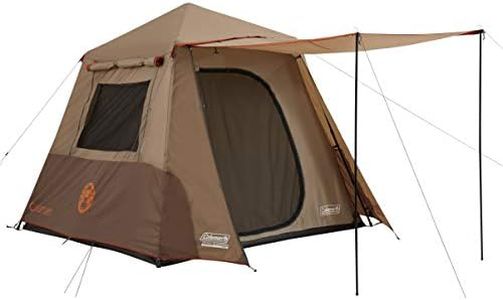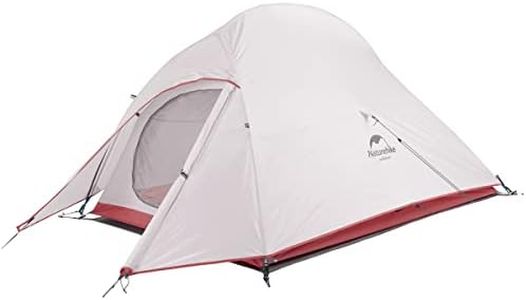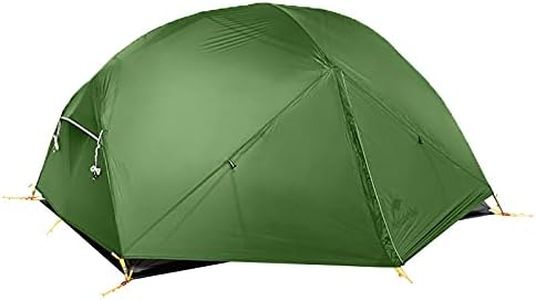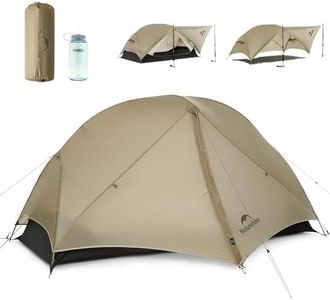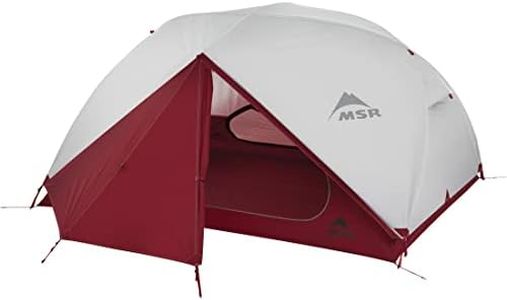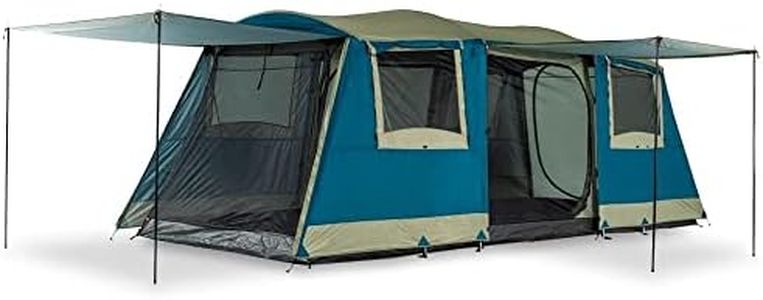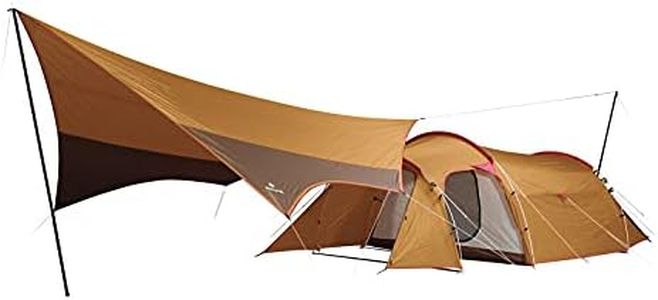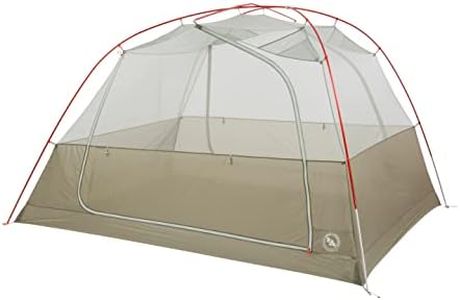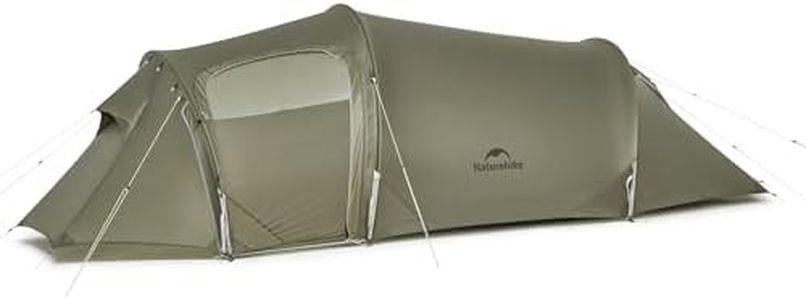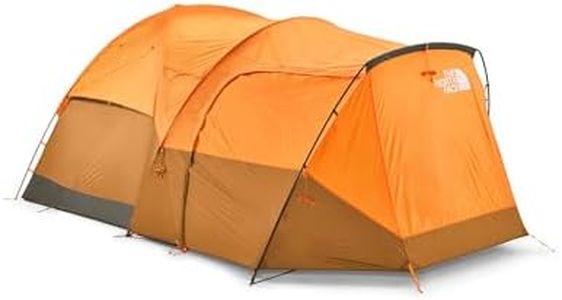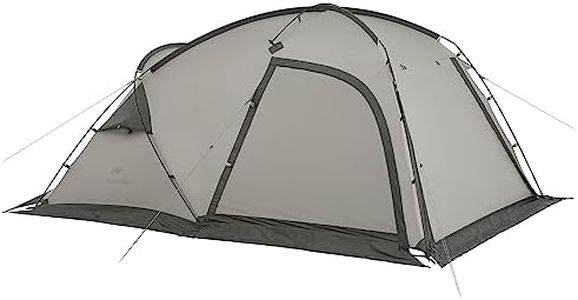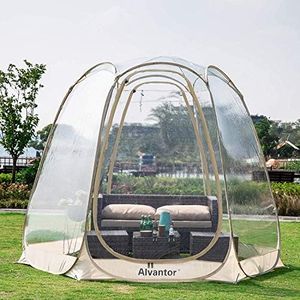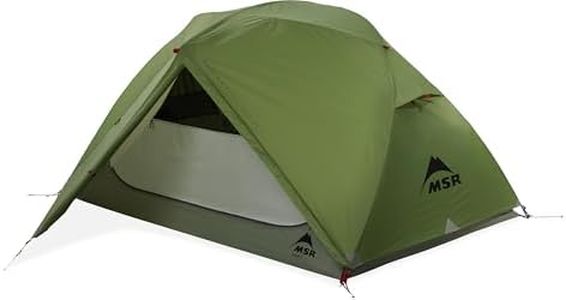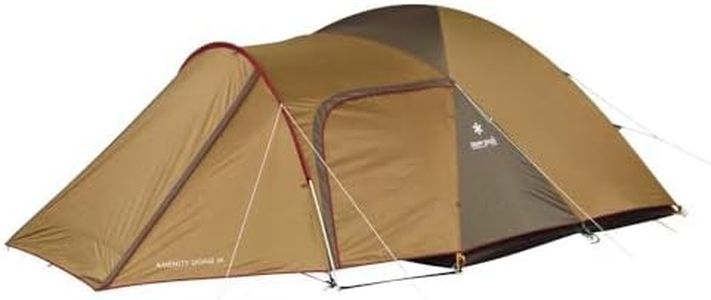We Use CookiesWe use cookies to enhance the security, performance,
functionality and for analytical and promotional activities. By continuing to browse this site you
are agreeing to our privacy policy
10 Best Cold Weather Tents
From leading brands and best sellers available on the web.Buying Guide for the Best Cold Weather Tents
Choosing a cold-weather tent is all about keeping yourself warm, protected, and comfortable when camping in chilly or harsh environments. Unlike standard tents, these models are specifically built to handle snow, wind, and low temperatures. When picking the right tent, focus on how and where you plan to camp, your group size, and how easy the tent is to set up in tough conditions. Understanding the main specifications will help you find a tent that suits both your adventure style and the climates you’ll face.Season RatingThe season rating tells you for which weather conditions the tent is designed. Most cold-weather tents are called 'four-season tents.' These are made to deal with snow loads, strong winds, and really cold temperatures. Three-season tents, on the other hand, are built for milder weather and won't provide enough warmth or protection in winter. If you camp during snowy, windy, or freezing weather, always choose a four-season tent. If your trips are only in mild winter temperatures without much wind or snow, some robust three-season tents might work, but it’s always safer to stick with the four-season option for proper cold-weather use.
Tent Structure and Pole StrengthThe structure and poles of a tent determine how well it stands up to heavy snow and strong winds. Cold-weather tents typically use criss-crossing, reinforced poles that create a dome or geodesic shape for added stability. Simple, single-pole designs are lighter but less sturdy. If you expect serious winter storms or heavy snow, a tent with more crossing poles and a rounded shape is best, as it is less likely to collapse or bend. For milder trips, a simpler structure may be easier to set up but offers less protection.
Materials and FabricsThe types of fabric used for the rainfly and inner walls play a big part in warmth and durability. Heavier, tightly woven materials like nylon or polyester ripstop offer better insulation and are more resistant to wind and snow than lightweight materials. Some tents even have inner liners to reduce condensation. If you want maximum warmth and weather protection, look for heavier fabrics and features like a full-coverage rainfly. If you tend to stay dry and temperatures aren’t extreme, you can consider lighter fabric tents for easier carrying.
VentilationVentilation is how a tent gets rid of moisture produced by your breath or wet clothing. While you want to keep warm, poor ventilation leads to condensation, making sleeping bags and gear damp, which actually makes you colder. Cold-weather tents have vents that can be adjusted even when the tent is zipped up. If you usually camp in areas prone to humidity or if you expect several people in the tent, more and larger vents will be important. In dry cold conditions or for solo campers, minimal but adjustable ventilation is often enough.
Interior Space and VestibulesHaving enough space inside the tent makes a big difference in cold conditions, since you’ll spend more time inside, possibly cooking, changing, or just waiting out storms. Vestibules are covered ‘porches’ where you can store wet gear, boots, or even cook when conditions outside are rough. Small, low-profile tents retain heat better but can feel cramped if you’re stuck inside. For groups or longer trips, a roomier tent with a sizeable vestibule is more comfortable; for quick solo trips, a smaller tent is easier to keep warm and lighter to carry.
